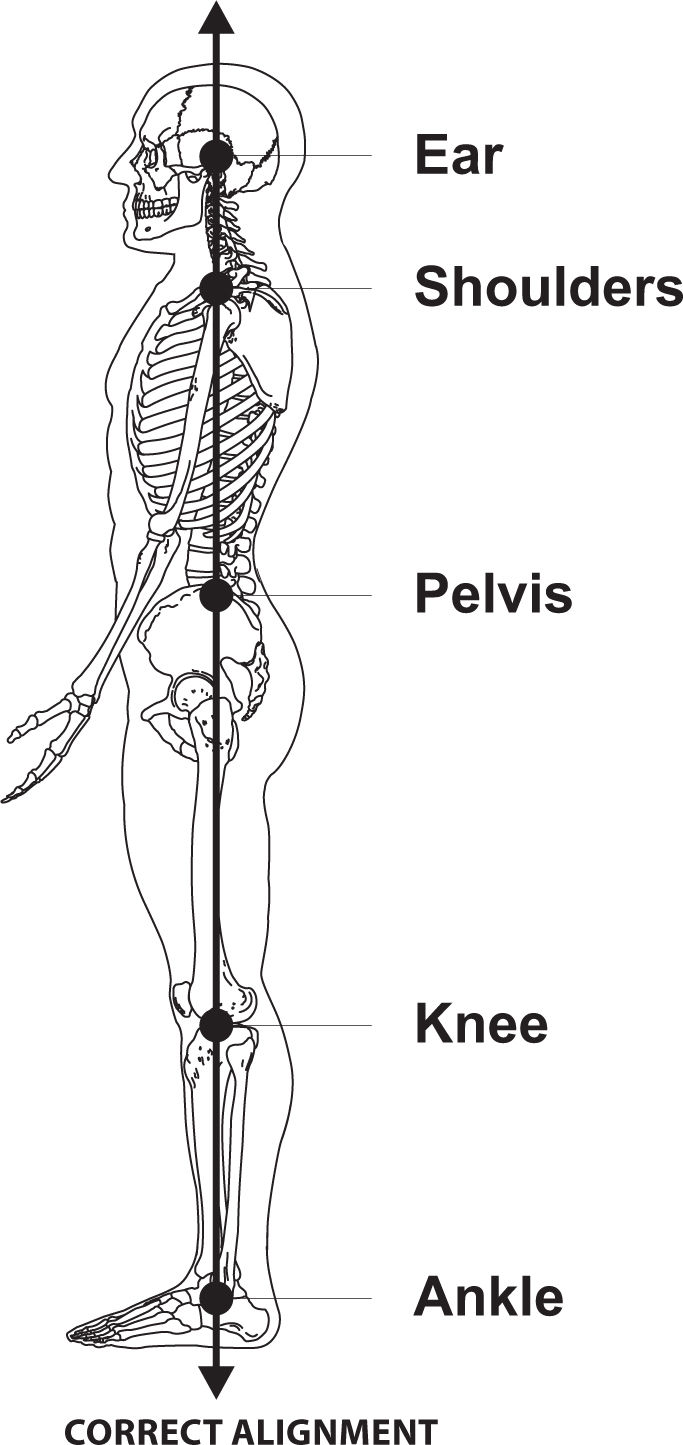Mind Your Posture.
- Kylie Nicholls
- Jul 10, 2017
- 3 min read
'A good stance and posture reflect a proper state of mind'
Morihei Ueshiba
What is posture?
Posture is the position in which we hold our bodies while standing, sitting, or lying down. Good posture is the correct alignment of body parts supported by the right amount of balanced muscle tension against gravity. Normally, we do not consciously maintain normal posture. Instead, certain muscles (our postural muscles) do it for us, and we don't even have to think about it. Several muscle groups, including the hamstrings and large back muscles, are critically important in maintaining good posture. While the ligaments help to hold the skeleton together, these postural muscles, when functioning properly, prevent the forces of gravity from pushing us over. Postural muscles also maintain our posture and balance during movement.
Why is good posture important?
Good posture helps us to stand, walk, sit, and lie in positions that place the least strain on supporting muscles and ligaments. Correct posture:
Helps us keep bones and joints in correct alignment so that our muscles are used correctly, decreasing the abnormal wearing of joint surfaces that could result in degenerative arthritis and joint pain.
Reduces the stress on the ligaments holding the spinal joints together, minimising the likelihood of injury.
Allows muscles to work more efficiently and remain balanced, allowing the body to use less energy and, therefore, preventing muscle fatigue.
Helps prevent muscle strain, overuse disorders, and even back and muscular pain (again by maintaining muscle balance).
To maintain proper posture, you need to have adequate muscle flexibility and strength, normal joint motion in the spine and other body regions, as well as efficient postural muscles that are balanced on both sides of the spine. In addition, you must recognize your postural habits at home and in the workplace and work to correct them, if necessary.
Your posture says a lot about your personality as well as how your joints and muscles are working.
Imagine a strong, powerful, confident person standing in front of you. What kind of posture does that person have? Most likely, the person in front of you is standing tall with an open chest and a head held high. It's a person who looks ready to take on the world. How you look and feel is directly related to your posture.
Despite the importance of having good posture, most of us don't do anything to improve it. We go about our lives with hunched backs and unbalanced hips, and deal with pain because we think it's normal.
'Freedom in a posture is when every joint is active'
BKS Iyengar
Living with bad posture can be a dangerous thing. The muscle and ligament imbalances that result from poor alignment can lead to all sorts of problems:
Chronic back, neck, and shoulder pain
Foot, knee, hip, and back injuries
Headaches
Stiffness
Fatigue
Muscle atrophy and weakness
Difficulty breathing
Digestion issues
Impingement and nerve compression
Sciatica
Carpal tunnel syndrome
What does good posture look like?

Notice that, in the above photo, the joints are in alignment. The ears are over the shoulders, the ribs over the hips, and the hips over the heels. The pelvis and spine are in a neutral position. If this is what your body looks like, you're doing well! If not, I hear you ask, what can I do?
'Your best posture is your next posture'
Morgan Freeman
Improving Your Postural Alignment
OK, so first to solve a problem, you need to identify the cause(s). Most postural deviations occur because the muscles that work to hold a joint in place are imbalanced. Generally speaking, one muscle group will be too tight and the opposing muscle group will be too loose or weak.
For example, those with shoulders that hunch forward too far often have tight chest (pectoral) muscles that pull the shoulders forward and rotate them in toward the mid-line of the body. Pair these tight pectorals with weak back muscles and you have an imbalance that pulls the shoulder girdle away from its ideal position. When imbalances like these occur, overactive muscles compensate for underactive muscles, which causes tension, fatigue, and discomfort.
Mind Your Posture with Kinesiology
Kinesiology uses muscle testing to identify and correct imbalances in the muscular system that contribute to postural issues and pain. Depending on the muscular imbalance patterns, specific corrections can then be used to bring the identified overactive/underactive muscle patterns and posture back into balance.
The key is to move back towards a more balanced alignment.
Remember, however, that long-standing postural problems will typically take longer to address than short-lived ones, as often the muscles and joints have adapted to your long-standing poor posture. Conscious awareness of your own posture and knowing what posture is correct will help you consciously correct yourself.
References:
https://www.bodybuilding.com/content/posture-power-how-to-correct-your-body-alignment.html
https://acatoday.org/content/posture-power-how-to-correct-your-body-alignment





Comments